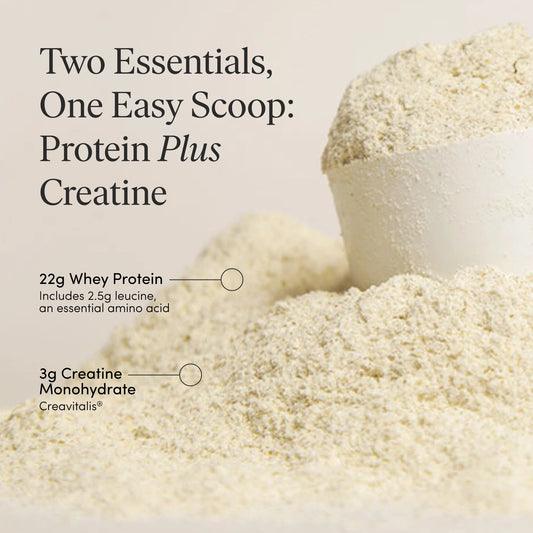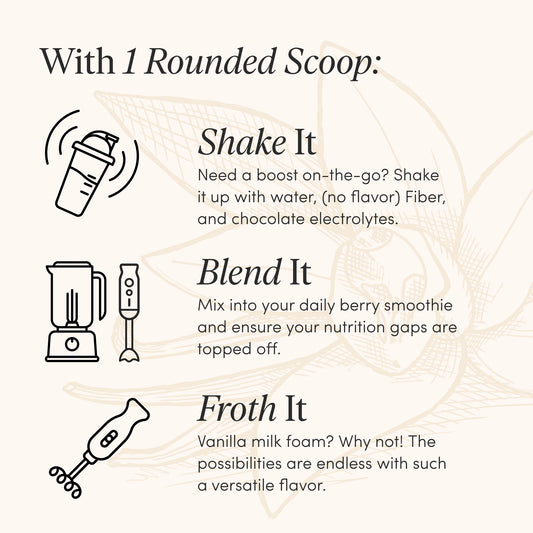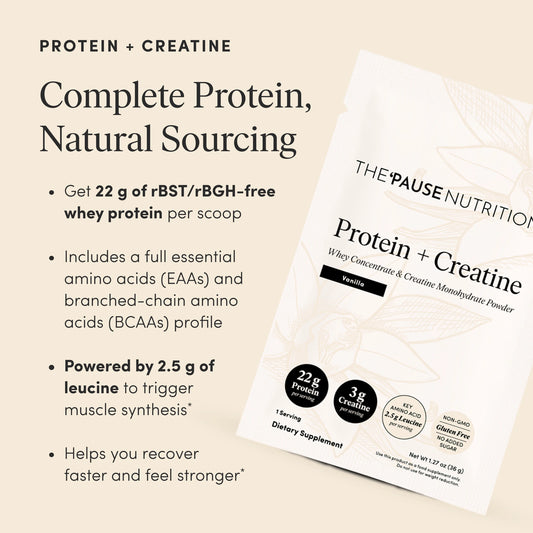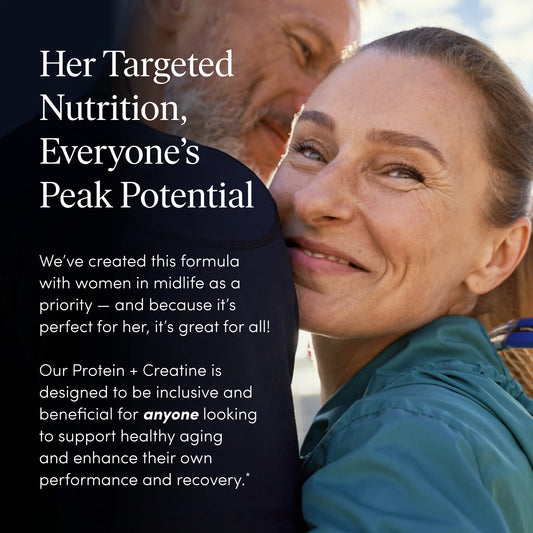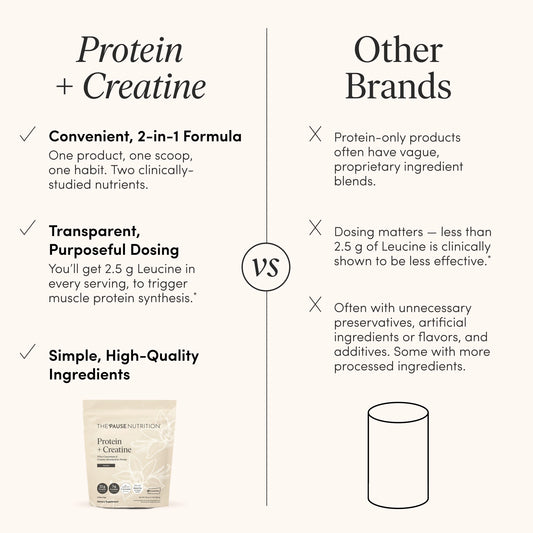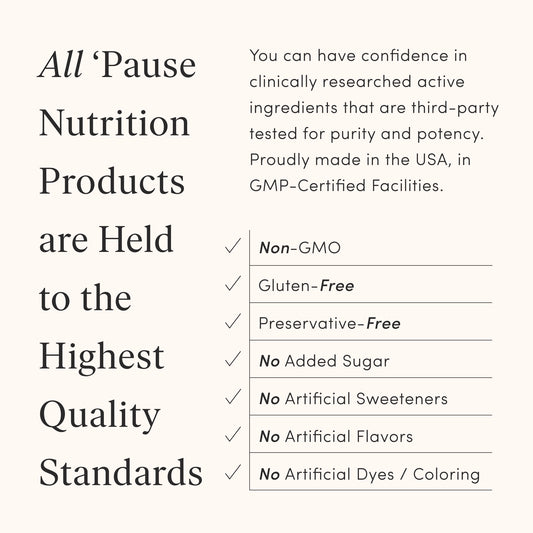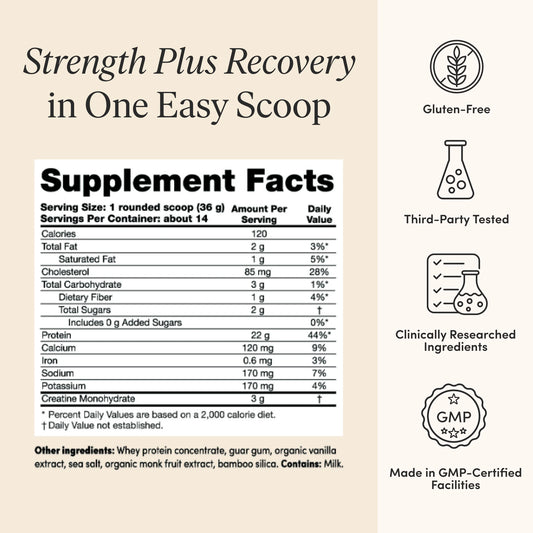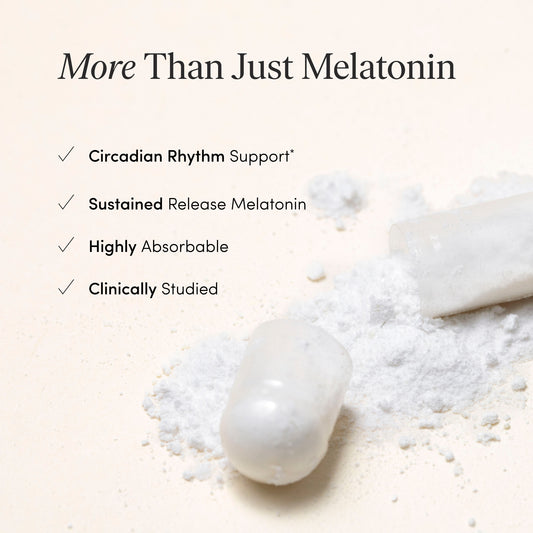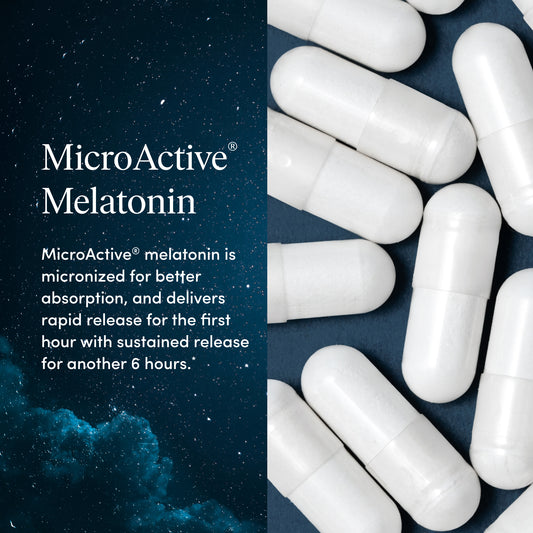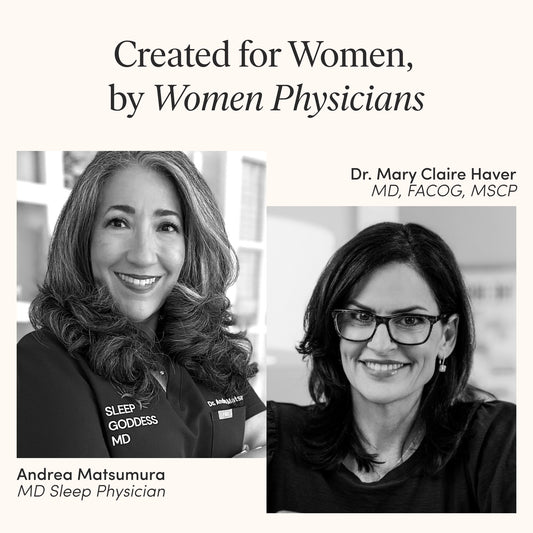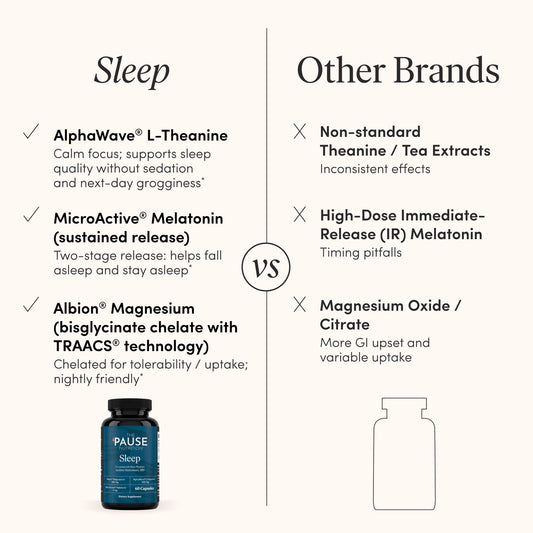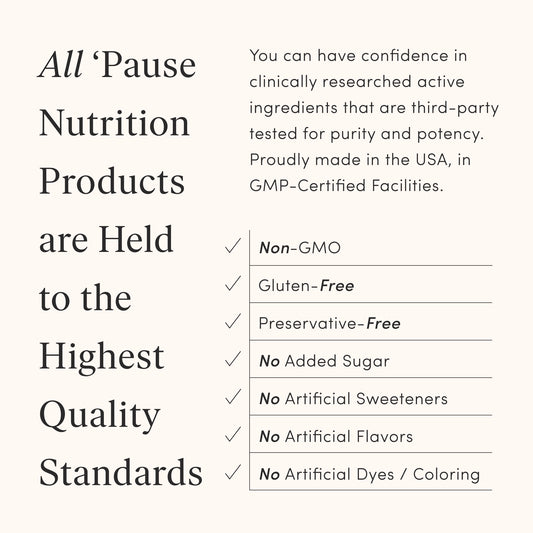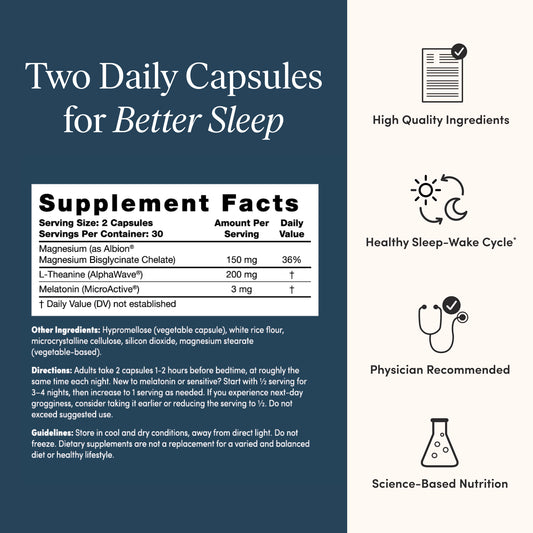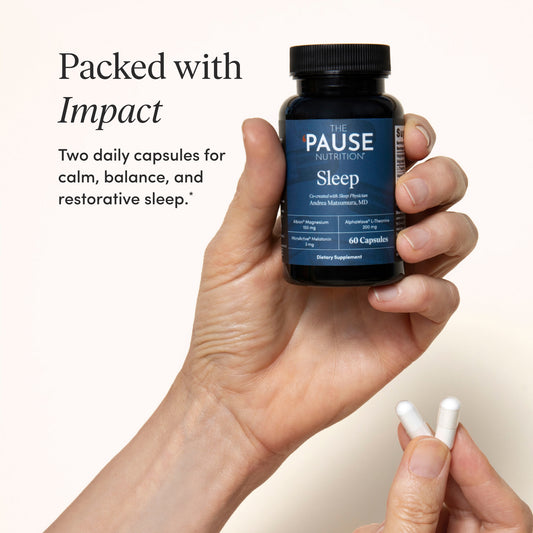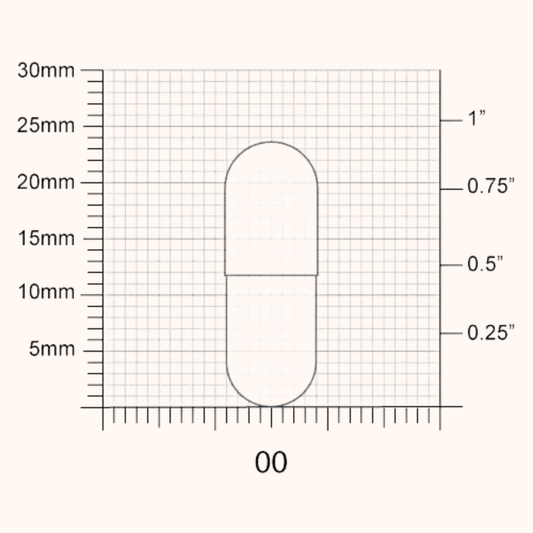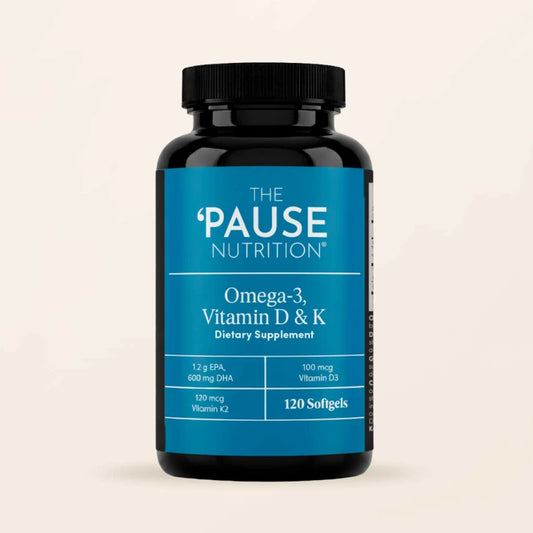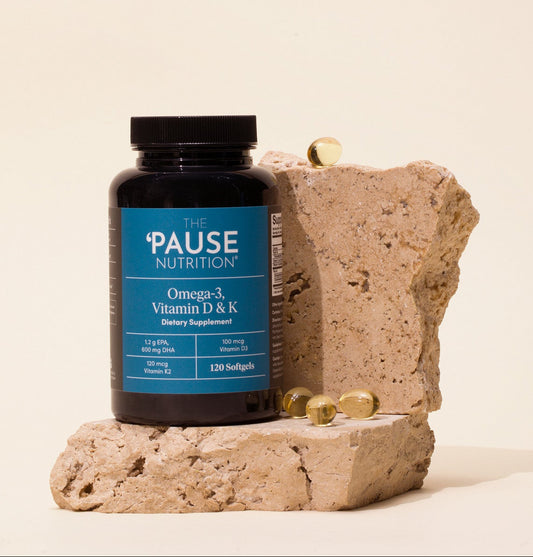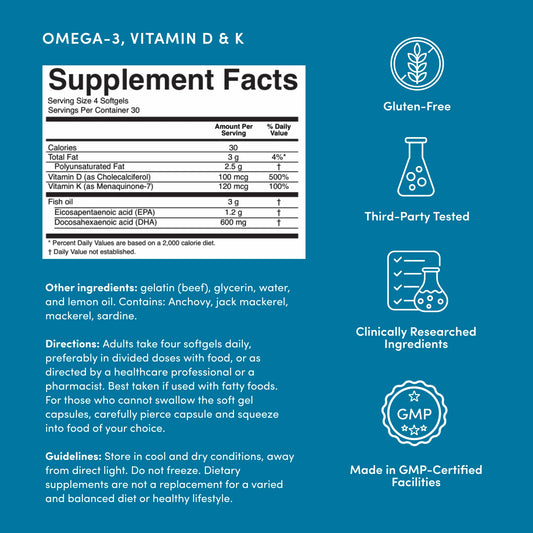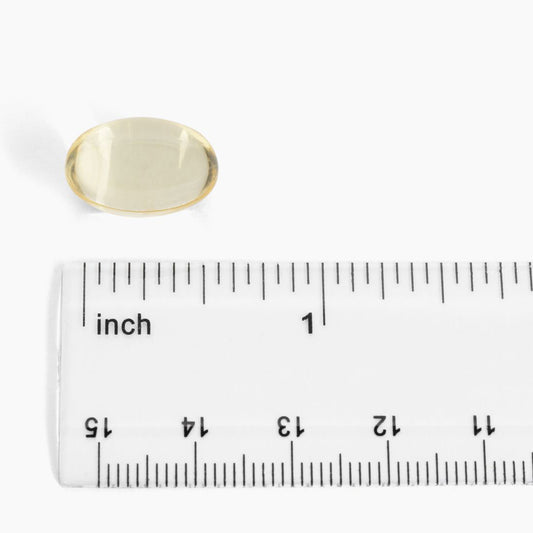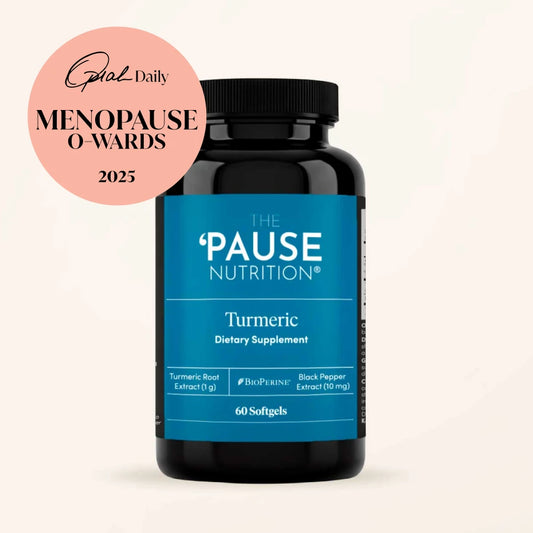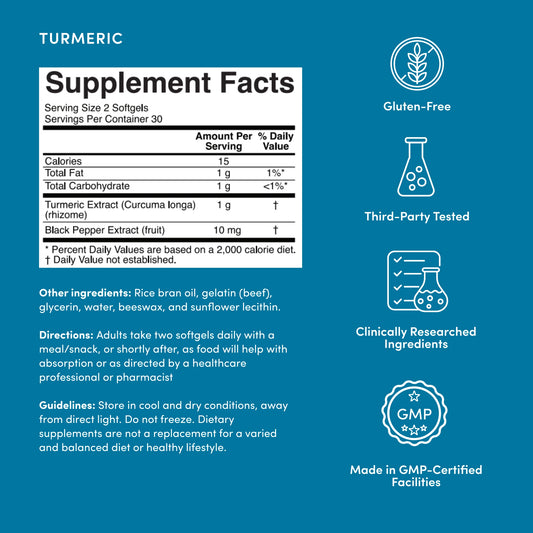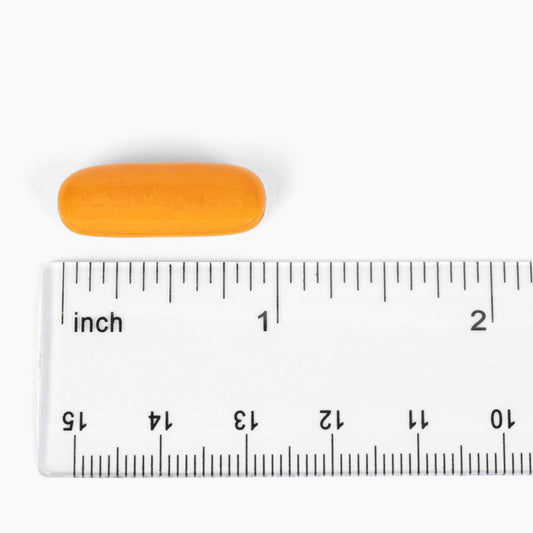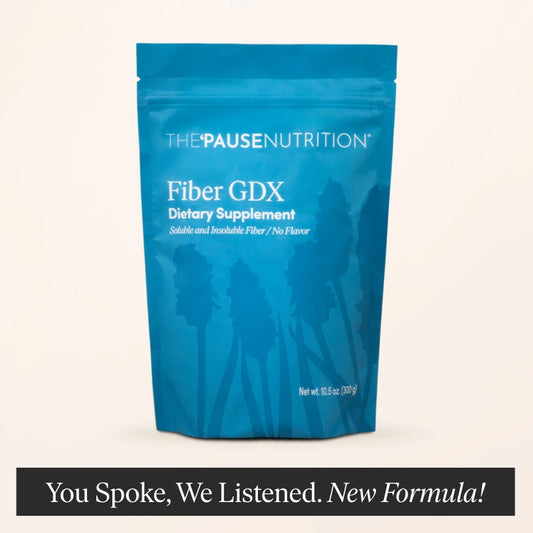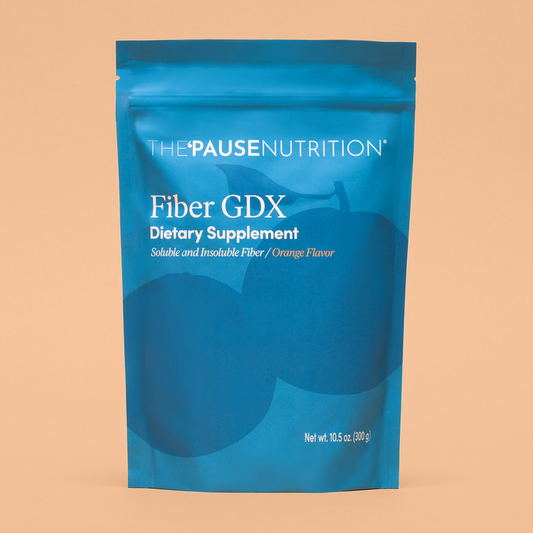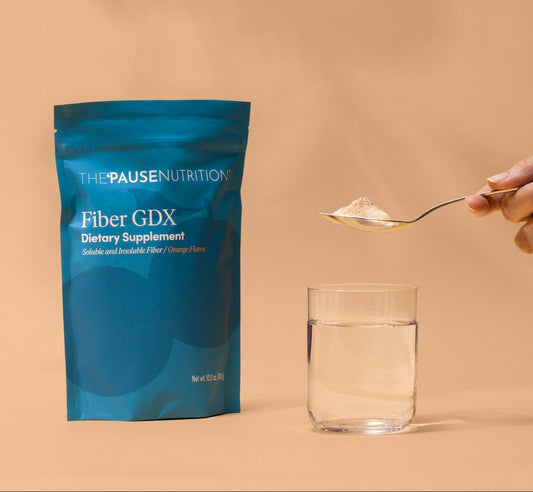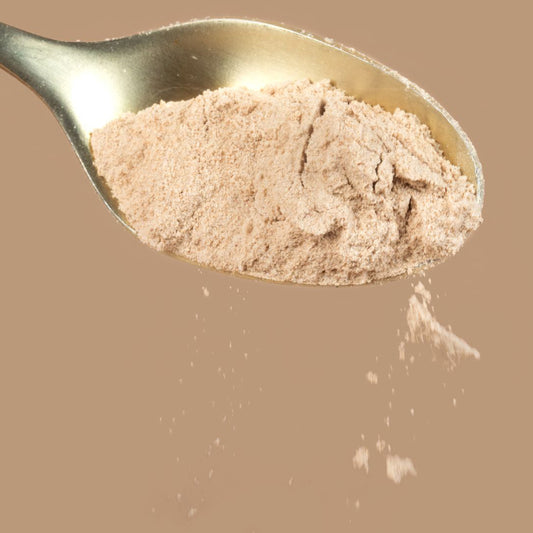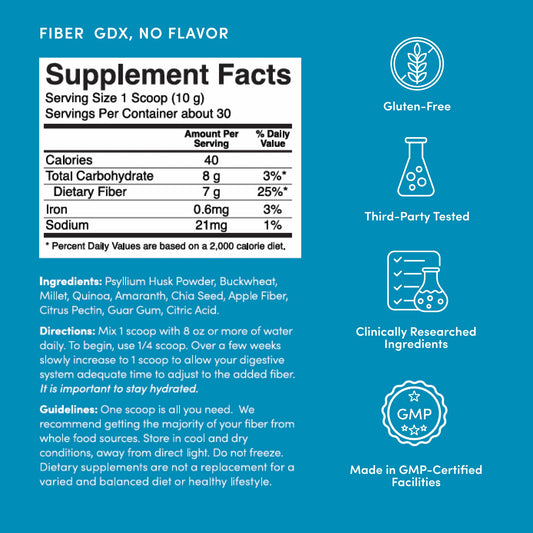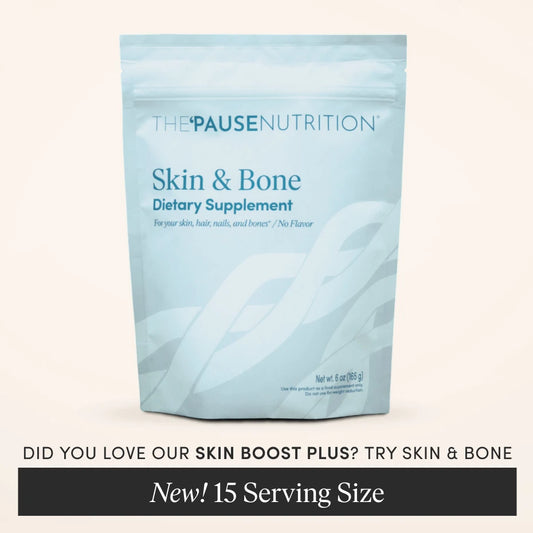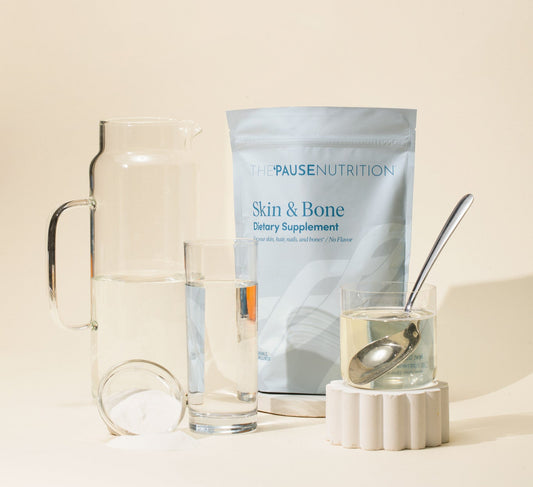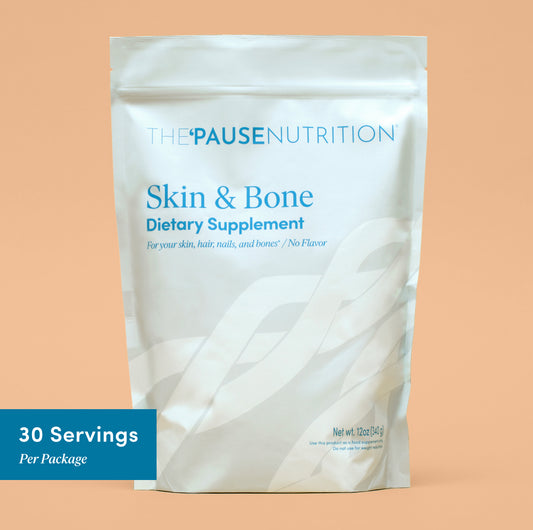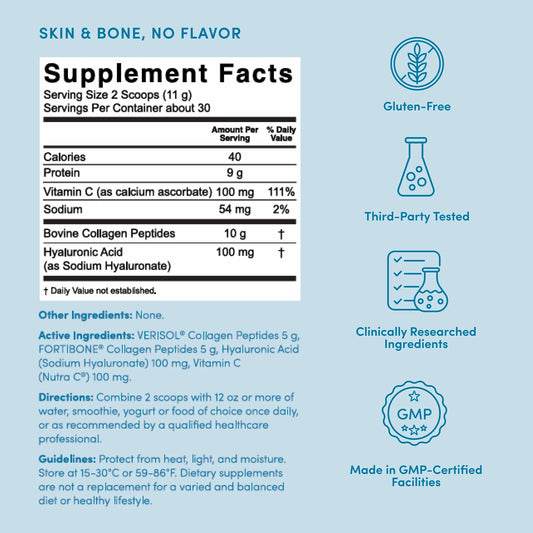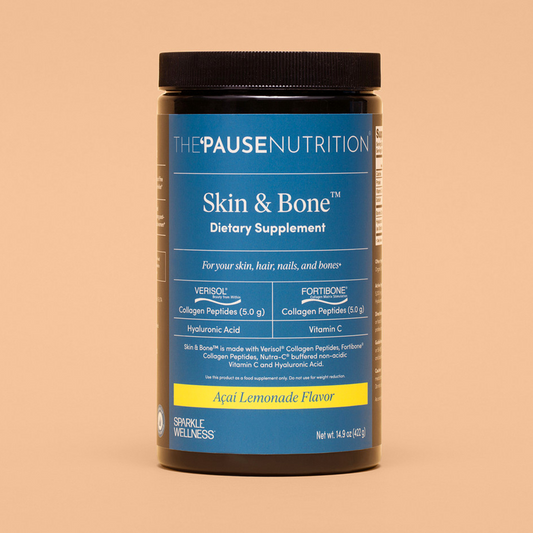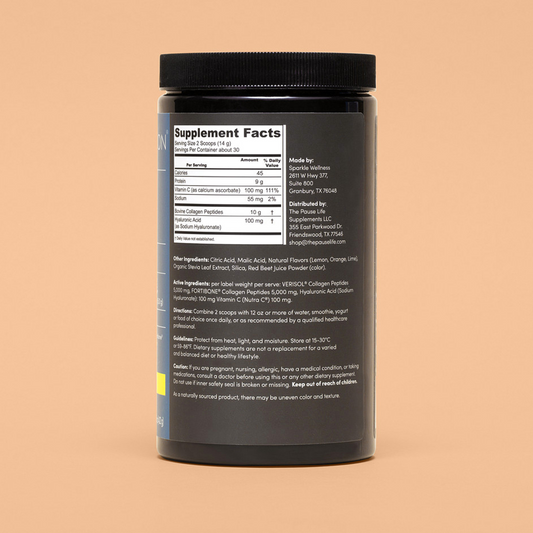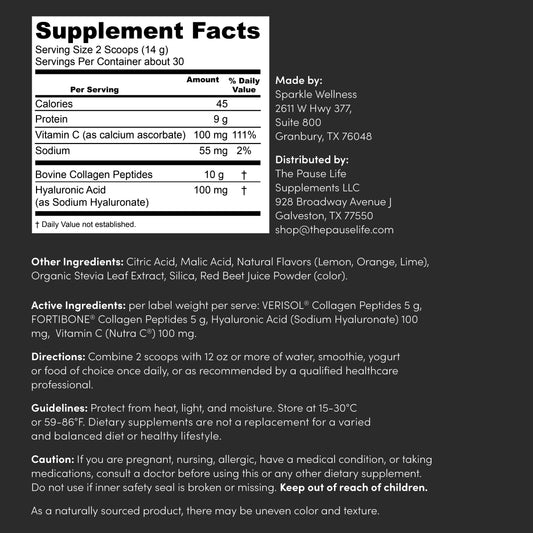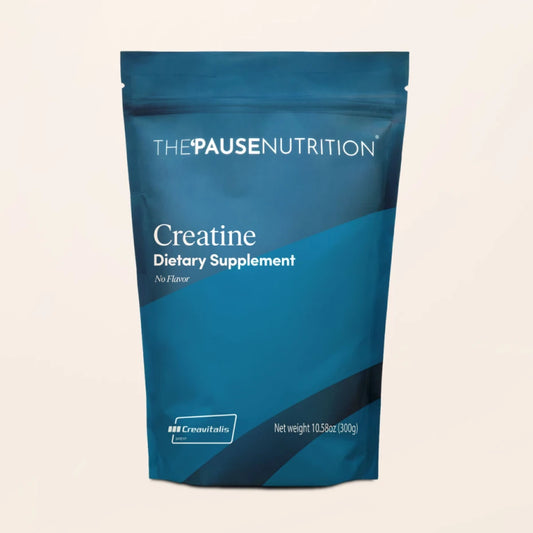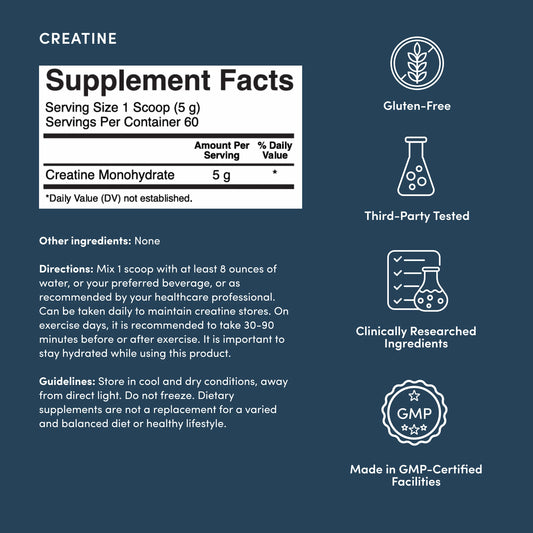Menopause And Cardiovascular Risk

Share
Let’s be honest, historically, women have not been the top priority in research studies. There have been anecdotal stories about how women transition into menopause passed down from generation to generation. It is only within the last 20 to 30 years that women have become a priority in clinical trials, and longitudinal (over time) studies, where researchers follow women through various stages of life, health, and in particular menopause.
As a Board Certified OB/GYN, researcher and woman, I get incredibly excited when the results of important studies comes out and I am able to pass the information along to you.
The leading cause of death for women is cardiovascular disease (CVD).1 In an effort to determine why, a research team conducted a ‘deep dive’ into how women transition to menopause, their risk of developing cardiovascular disease and how menopause impacts heart health. This team of 10 expert researchers in conjunction with the American Heart Association (AHA), Prevention Science Committee of the Council on Epidemiology and Prevention with the Council on Cardiovascular and Stroke Nursing analyzed over 200 studies on how women across the globe are impacted during menopause and specifically, our risks around heart disease.2
I want to be clear here. Menopause is not a disease, it is a normal transition for women that can begin as early as 40 (in some cases 30s) and lasts into their 60s or 70s. As women age, our risk for developing cardiovascular disease increases, especially while we are transitioning to menopause. Thankfully there are now enough studies that have been following women for decades, conducting various tests, biometrics, and interviews that we know have a better understanding of the cardiovascular risks in women, the long term outcomes, and how to implement prevention strategies.
How Can You Reduce Cardiovascular Risk During Menopause?
Following are a few key things that you can do as you transition through menopause to reduce your risk of developing cardiovascular disease or heart disease.
First, realize that the menopause transition and menopause symptoms are unique to each woman, meaning your experience might not match your best friend’s or even your own mother’s. There are signs and symptoms that women across the country can easily identify with such as vasomotor changes (hot flashes), sleep disturbances (insomnia, night sweats), depression and anxiety.3,4, 5, 6
As we age (and live longer than our ancestors) our habits and lifestyles may put us at greater risk for developing cardiovascular disease. Our dietary choices, level of physical activity, smoking history, sleep quality, cholesterol/lipids levels, blood pressure and stress, all play a critical role, especially as we age and when a woman is transitioning through menopause.. Some very specific findings this team assessed when looking at two decades of in-depth research are the following.2
Your Habits Matter
There is a known association between women experiencing the early onset of natural menopause (before age 40) and an increased risk of developing cardiovascular disease. Therefore, working with women to reduce the risk factors and lifestyle habits that are within their control, specifically diet, exercise, and smoking cessation, along with better screening and education, are all effective ways of preserving cardiovascular health.
Sleep Is Critical
The vasomotor symptoms attributed to menopausal hormonal changes (drops in estradiol and progesterone in particular) coincide with greater cardiovascular risks as well. The sleep disturbances that are so common in perimenopause and early menopause, puts a greater amount of stress on our central nervous system and our heart (veins and arteries) all of which are critical factors of developing heart disease. Do all you can to encourage and protect your sleep.
Decrease The Amount Of Visceral Fat
The increase in visceral fat or adipose tissue around the midsection – aka: belly fat – may be a frustrating body image worry, but more importantly, it is directly related to an increased risk of developing heart disease. Visceral fat around the heart is another major concern. Dietary and lifestyle changes, and for those who are candidates, hormone therapy, can be helpful tools in reducing visceral fat, therefore, reducing the risk of cardiovascular disease.
Maintain Bone Health
As we age, bone density changes, lean muscle mass decreases, and with the absence of estradiol, becomes a recipe for developing heart disease, as well as osteoporosis. It is critical that women begin or continue an exercise practice that includes cardiovascular and resistance training. Exercise increases bone density, reduces the risk of cardiovascular disease, and can ease the menopause transition.
Your Wellness Toolbox
The evidence is clear – women that have access to medical screenings, appropriate hormone therapies AND lifestyle behavior plans can reduce their risk for heart disease.
Researchers found the best lifestyle modifications to include diets high in fiber, protein and healthy fats, exercises that promote strong bones and heart health, and healthy ways to reduce stress.
You Are Not Alone!
Menopause is not preventable, but heart disease is, and you do not have to go through this alone! Our focus at The 'Pause Life is to provide women with comprehensive information, tutorials, and support to help women thrive at this stage of life, and reduce their risk of developing illnesses, including cardiovascular disease. Join our free 'Pause Life Community for additional support, education and conversation. With education and information, we can empower ourselves - and each other - to reduce many health risks and live long and healthy lives.
Sources:
- Benjamin EJ, Muntner P, Alonso A, Bittencourt MS, Callaway CW, Carson AP, Chamberlain AM, Chang AR, Cheng S, Das SR, et al.; on behalf of the American Heart Association Council on Epidemiology and Prevention Statistics Committee and Stroke Statistics Subcommittee. Heart disease and stroke statistics—2019 update: a report from the American Heart Association [published correction appears in Circulation. 2020;141:e33].Circulation. 2019; 139:e56–e528. doi:10.1161/CIR.0000000000000659
- El Khoudary SR, Aggarwal B, Beckie TM, Hodis HN, Johnson AE, Langer RD, Limacher MC, Manson JE, Stefanick ML, Allison MA; on behalf of the American Heart Association Prevention Science Committee of the Council on Epidemiology and Prevention; and Council on Cardiovascular and Stroke Nursing. Menopause transition and cardiovascular disease risk: implications for timing of early prevention: a scientific statement from the American Heart Association. Circulation. 2020;142:e506–e532. doi: 10.1161/CIR.0000000000000912
- Avis NE, Crawford SL, Green R. Vasomotor symptoms across the menopause transition: differences among women.Obstet Gynecol Clin North Am. 2018; 45:629–640. Doi: 10.1016/j.ogc.2018.07.005
- El Khoudary SR, Greendale G, Crawford SL, Avis NE, Brooks MM, Thurston RC, Karvonen-Gutierrez C, Waetjen LE, Matthews K. The menopause transition and women’s health at midlife: a progress report from the Study of Women’s Health Across the Nation (SWAN).Menopause. 2019; 26:1213–1227. doi: 10.1097/GME.0000000000001424
- Kravitz HM, Kazlauskaite R, Joffe H. Sleep, health, and metabolism in midlife women and menopause: food for thought.Obstet Gynecol Clin North Am. 2018; 45:679–694. Doi: 10.1016/j.ogc.2018.07.008
- Bromberger JT, Epperson CN. Depression during and after the perimenopause: impact of hormones, genetics, and environmental determinants of disease.Obstet Gynecol Clin North Am. 2018; 45:663–678. doi: 10.1016/j.ogc.2018.07.007














